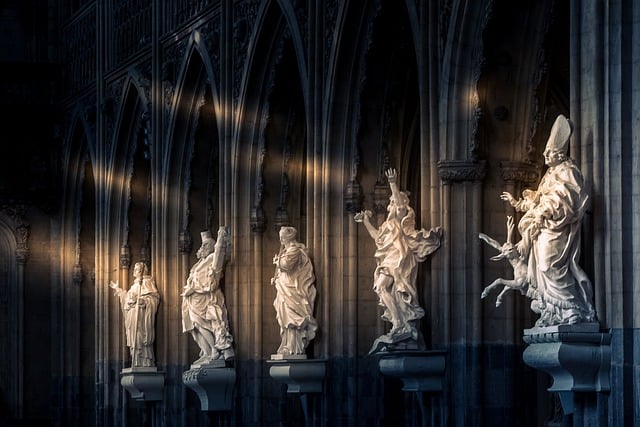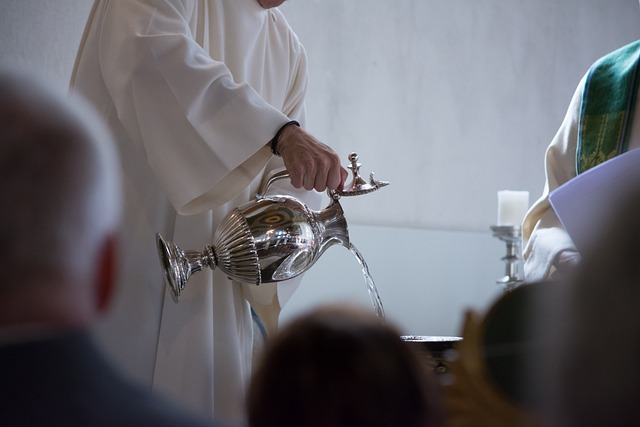In the realm of spirituality, the holy thirster represents a profound yearning for connection, enlightenment, and divine fulfillment. This concept transcends mere physical desires, tapping into a deeply rooted human aspiration to attain spiritual abundance. As seekers embark on their sacred journeys, they often engage in various rites and rituals that honor this thirst, nurturing their faith and enhancing their connection to the divine.
The practices surrounding the holy thirster invite individuals to explore their faith in tangible ways. Often, rituals are designed to create a sacred space where one can reflect, meditate, and cleanse the spirit. For many, ritual gatherings serve as an opportunity to unite with like-minded souls, creating an environment ripe for collective worship and shared experiences. Through group ceremonies, participants often feel an amplified sense of belonging and purpose, resonating with the collective longing for spiritual growth.
Among the most profound rituals associated with the holy thirster is the practice of fasting. Many religions incorporate fasting as a way to purify the body and mind, allowing individuals to redirect their focus on spiritual matters. This deliberate act of abstaining from physical nourishment transforms into a feast for the soul, awakening a heightened awareness of one’s inner desires. In fasting, practitioners discover their vulnerabilities, ultimately leading to a deeper understanding of their spiritual needs.
Moreover, various prayer practices serve as essential rituals for quenching the holy thirster. Prayer, whether spoken or silent, is a sacred dialogue between the individual and the divine. This act of communication can take numerous forms, from structured prayers to spontaneous expressions of gratitude and longing. The rhythmic nature of prayer, much like the ebb and flow of a serene stream, encourages participants to find solace in their spiritual practices while seeking clarity on their path.
Another essential component of these spiritual practices is the use of sacred symbols and offerings. Many traditions incorporate elements such as water, candles, or incense into their rituals, representing purification, illumination, and the ephemeral nature of the physical world. These symbols not only serve to enhance the ambiance of devotion but also act as reminders of the holy thirster that fuels each participant’s journey, urging them to seek spiritual truths beyond the material realm.
As seekers engage with the holy thirster through rituals, they often discover that the act of devotion is not merely about the external expressions of faith; it is also an internal journey of self-exploration and transformation. Through this process, individuals can confront their deepest desires, fears, and hopes, ultimately leading to a more profound understanding of themselves and their place within the universe.
Furthermore, the communal aspect of these sacred rites cannot be overlooked. Sharing in the rituals fosters a sense of unity, where the individual thirst for the divine is reflected in the collective yearning for spiritual connection. This shared journey strengthens bonds among practitioners, creating a supportive network that encourages growth and nurtures faith. It is within these communities that the holy thirster is often most powerfully felt, as collective energies amplify the search for spiritual enlightenment.
In essence, the sacred rites of the holy thirster are not merely about the act of seeking; they embody the very essence of being human. Embracing rituals allows individuals to acknowledge their thirst—an innate longing for understanding and connection. As we traverse our spiritual paths, let us celebrate the myriad ways in which we can quench the holy thirster, empowering ourselves and others in the process.



